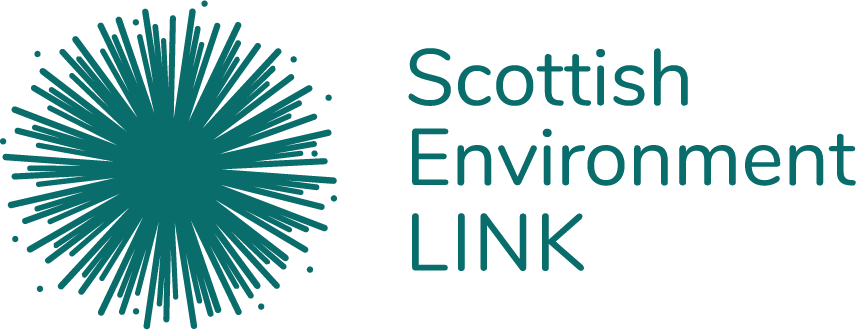This is the final blog in a series looking at the four sections of the Natural Environment Bill. You can look back at Part 1, Part 2 and Part 3.
One of the standout artworks at the National Galleries of Scotland is the immediately recognisable Monarch of the Glen, a 19th century painting of a stag in a Highland landscape. It is an image which has been widely reproduced, used in advertising and to promote tourism. The painting was bought for the nation at a cost of millions. Yet it is described by the National Galleries website as “loved and loathed” and “sometimes hard to stomach” due to the association of stag hunting with the Highland clearances.
The painting, and the public’s mixed views towards it, illustrates the complicated relationship Scotland has with deer. Deer are some of Scotland’s most charismatic and beloved wildlife. But, at the current population numbers, they are also an enormous environmental problem.
The recent article by Duncan Orr-Ewing, Convener of LINK’s Deer Group, summarises the environmental challenges posed by unsustainable deer numbers and the background to the current proposals in the Natural Environment Bill. In short, there are far too many deer, their numbers have a significant impact on vital woodland and peatland habitats, and attempts to control their numbers to date have failed.
The Scottish Government estimate that there are around one million deer and “aim to reduce this to a level which habitats and ecosystems can recover and regenerate and deer densities are maintained at sustainable levels by about half by 2030.”
Powers of public intervention
Deer management is regulated by the Deer (Scotland) Act 1996. The Natural Environment Bill makes multiple changes to the Deer Act, with the intention of enabling more effective deer management and ultimately reducing deer densities to support ecological recovery.
Central to this is improved powers of intervention. The Bill’s policy memorandum states that the policy intention is to “remove unnecessary barriers to effective control and put in place measures to ensure that public interests are protected” and that a “more efficient use of intervention powers in the public interest is critical.”
The Bill approaches this by:
- Adding a new requirement for NatureScot to safeguard the public interest in relation to deer
- Adding a new ground for intervention for the purpose of nature restoration
NatureScot currently have grounds to intervene in deer management to prevent damage. These powers involve entering into a voluntary agreement with a landowner (Section 7) or making deer management measures compulsory (Section 8). However, these powers have been underutilised – the power to introduce a control scheme was used for the first time this April.
The new ground for intervention will allow NatureScot to pursue deer management to support the preservation, protection, restoration or enhancement of the natural environment, or in support of any relevant target, strategy or plan relating to the environment, climate change or biodiversity. This will allow for the use of Section 7 and Section 8 powers to support the objectives of the Scottish Biodiversity Strategy and the achievement of nature restoration and climate targets. In practice, this could be a significant step forward for efforts to support the natural regeneration and colonisation of our woodlands and the protection of our peatlands.
Other changes in the Bill
The Bill makes a number of changes building on the recommendations of the Deer Working Group. These are listed in full on p.52-56 of the policy memorandum. Changes in the Bill include improvements to NatureScot’s investigatory powers and allowing NatureScot to permit deer killing during the close season and at night.
Top image: Calum McLennan
